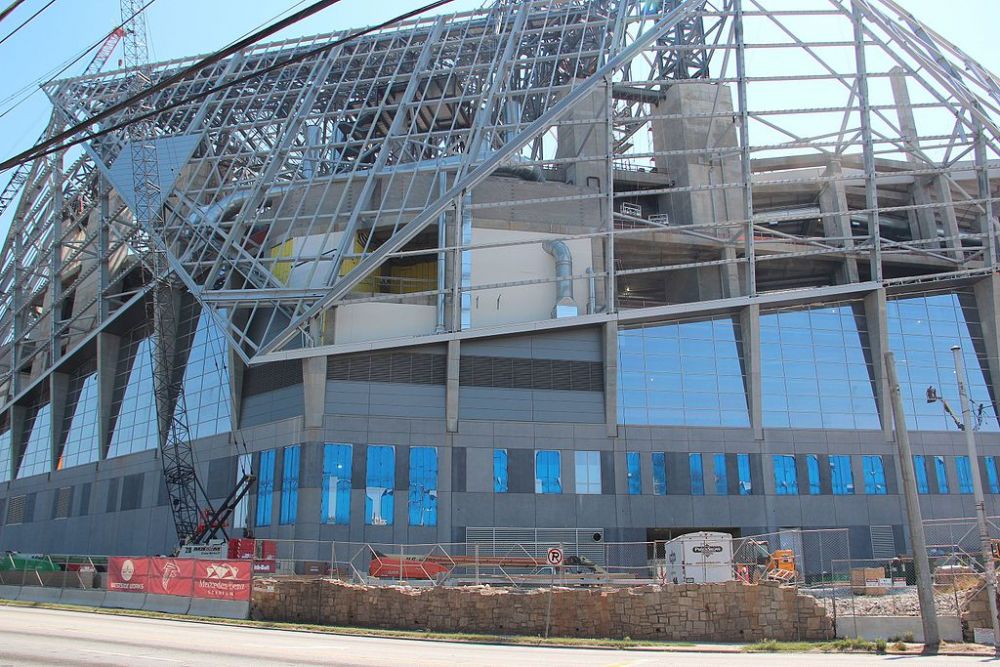Mercedes-Benz Stadium to be most sustainable sport facility
The Mercedes-Benz Stadium (MBS) will open in the summer of 2017 in Atlanta, GA and will be a one-of-a-kind facility with amenities unlike anything ever seen before

The Mercedes-Benz Stadium (MBS) will open in the summer of 2017 in Atlanta, GA and will be a one-of-a-kind facility with amenities unlike anything ever seen before.
MBS will be the home stadium for the Atlanta Falcons (NFL) and Atlanta United (MLS), and will host other sports and entertainment events such as the 2018 College Football Playoff National Championship, Super Bowl LIII in 2019 and the 2020 NCAA Men’s Final Four.
Using innovative and transparent building materials – ETFE fabric, glass and retractable panels, the architects created a Falcon wing-like exterior inspired by the Falcons’ team logo.
The use of natural light – thanks to the transparent materials – as well as building control systems managing and monitoring energy consumption, and LED lighting will help to reduce energy usage by 50 per cent.
Thanks to a unique roof opening design composed of eight roof petals opening in less than eight minutes, the stadium will be able to host a wide range of events.
MBS is located at the top of the Proctor Creek Watershed, historically known for flooding during large rain events, and a new standard for development around this was set by the ownership, design, and construction team.
The stadium is working on achieving all LEED water-related credits, which would be a first for a sport facility.
MBS is planning rainwater reuse for the cooling tower and landscaping irrigation, a partnership with Trees Atlanta to share captured rainwater for tree irrigation, waterless urinals in the building, and the capture and slow release of storm water, all of which will make the stadium 42 per cent more water efficient than the Georgia Dome.
Energy optimisation will be assured thanks to solar PV panels installed on the site and the GWCC campus, electric vehicles charging stations in the parking areas of the campus, monitoring equipment for energy consumption, LED lighting which will last 10 years as well as providing a better quality of light, and the transparent and retractable roof.
Other elements will add LEED points, such as construction waste management, alternative transportation such as train stations and bicycles, and local food production.
